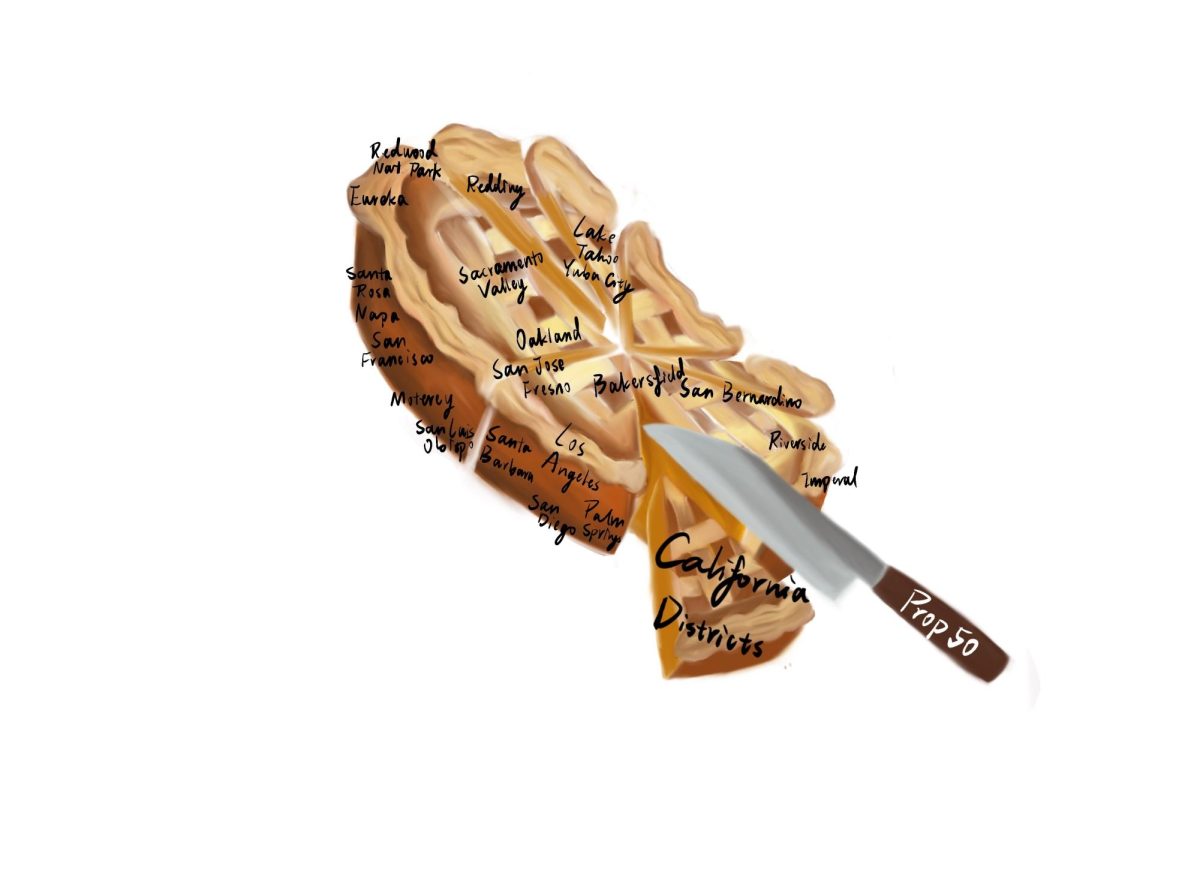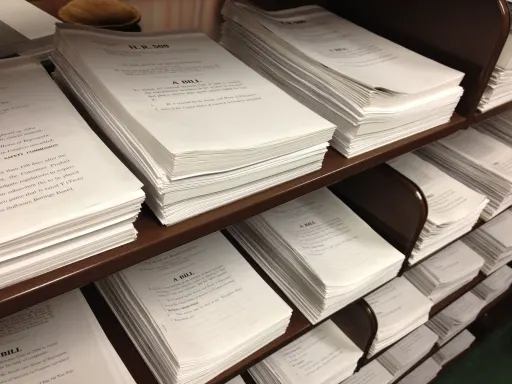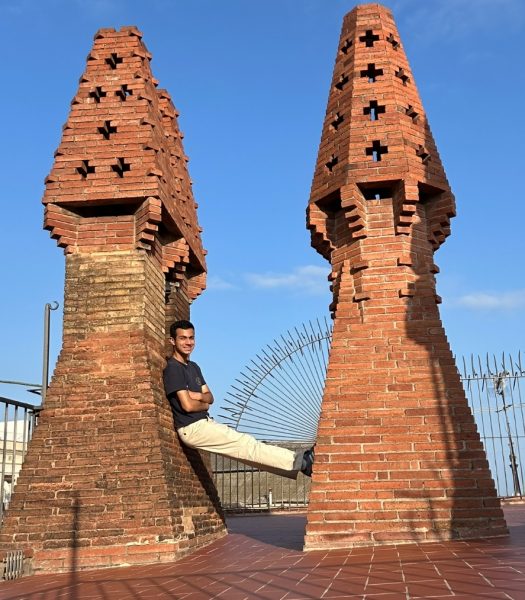It is common to fight fire with fire in everyday life, whether that be by bringing one’s A-game to a sports match or studying all night for a tough test. But it is admittedly not common to see fire fought with fire at anything higher than the personal level—at least, not before August 21st of 2025. On this date, Governor Gavin Newsom approved a special election for Proposition 50 to take place on November 4th, seeing it as the only way to fight the fire and save democracy in the process.
Proposition 50 would temporarily allow the state of California to redraw its congressional districts such that they would impact the outcome of elections up until 2030. But this redraw is not arbitrary—the new district proposals would clearly give the Democratic Party an advantage by splitting predominantly Republican communities among various districts and preventing them from getting a majority in places where they currently can. In fact, political analysts have determined that the upcoming 2026 election might see as many as five or six congressional districts flip from electing a Republican to electing a Democrat to the House of Representatives. In other words, Gavin Newsom and the California legislature blatantly condone redrawing congressional districts with political bias—an act officially known as gerrymandering.
To judge this as fundamentally unfair gerrymandering, though, would be to ignore some very necessary context. Going as far back as July of this year, Republicans in the Texas state legislature had been pushing for new congressional districts that would favor Republicans—a clear result of President Donald Trump encouraging the legislators to reinforce the slim Republican majority in Congress before the midterm elections. After spending nearly two months under harsh legal scrutiny, these maps were still approved by Governor Greg Abbott on August 29th, giving Republicans a probable shot at five new Republicans in the House of Representatives. For California to do the exact same thing—a biased five-member lead (for the exact opposite party), Democrats instead of Republicans—is a matter of Governor Newsom’s principles; he sees fighting gerrymandering with gerrymandering as the only path forward, as he has attested in recent interviews.
“They fired the first shot, Texas,” Newsom said. “We wouldn’t be here had Texas not done what it just did. We’re neutralizing what occurred [in Texas] and we’re giving the American people a fair chance.”
But not everyone agrees with Newsom. Many California residents and officials see gerrymandering as undemocratic, regardless of the context, and have contended that two wrongs do not make a right. California’s former Governor Arnold Schwarzenegger has pointed out that Prop 50 would override the Citizen Redistricting Commission, a state-unique system that puts unbiased independents in charge of drawing congressional districts. In general, critics seem scared to break from California’s history of systematically fair elections. This has caused quite a bit of tension inside the California legislature.
That infighting does not have to weigh on voters, though. Any Claremont High School seniors of voting age ought to know their opinion on competitive gerrymandering is valid. Students can hold bearing on whether or not California chooses to fight fire with fire this coming November 4th.



















